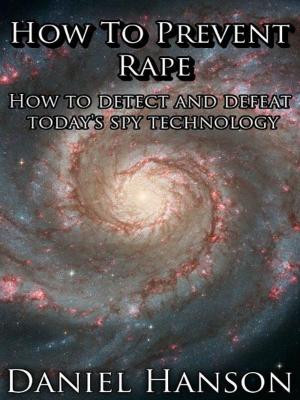The Universe Within
Essence of Hinduism
Nonfiction, Religion & Spirituality, Inspiration & Meditation, Spirituality| Author: | Dr. Partha Rajagopal | ISBN: | 9781483509617 |
| Publisher: | BookBaby | Publication: | September 30, 2013 |
| Imprint: | Language: | English |
| Author: | Dr. Partha Rajagopal |
| ISBN: | 9781483509617 |
| Publisher: | BookBaby |
| Publication: | September 30, 2013 |
| Imprint: | |
| Language: | English |
The Universe is not separate from us. We have the capability to realize it from within. It can be done using what we have and our own human experience. We live in a world of sense based existence. We need reference frames to orient ourselves. We rely on points of origin and dimensions to understand everything around us. From this view, we feel distinctly separate from the Universe. In a relativistic referential system that we have adopted over the past few thousand years, we sense extremes and our existence seems to be defined by these extremes. We move between nights and days, differentiate between hot and cold, prefer good over evil, know the past and anticipate the future, go between likes and dislikes and so on. These extremes seem very real to us due to our conditioning in the reference based system of existence. We tend to look outward for answers to many unknowns that are yet to be known. Ancient systems like the ones that have survived in India have a different approach. There are innumerable systems in India, collectively known as Hinduism (which is a geographical term rather than a religious one). Though they differ in their paths, they all share a fundamental principle. This principle is based on approaching everything in a simple way, going inward, realizing the gap between the extremes, entering the gap, balancing out the extremes and finding the link with the Universe that now seems to pervade through everyone. The book narrates how everything is viewed from the street level and goes beyond the street into the inner homes and the temples of humans. As the inner sanctum is approached, one realizes that he or she is the temple itself and the Universe within.
The Universe is not separate from us. We have the capability to realize it from within. It can be done using what we have and our own human experience. We live in a world of sense based existence. We need reference frames to orient ourselves. We rely on points of origin and dimensions to understand everything around us. From this view, we feel distinctly separate from the Universe. In a relativistic referential system that we have adopted over the past few thousand years, we sense extremes and our existence seems to be defined by these extremes. We move between nights and days, differentiate between hot and cold, prefer good over evil, know the past and anticipate the future, go between likes and dislikes and so on. These extremes seem very real to us due to our conditioning in the reference based system of existence. We tend to look outward for answers to many unknowns that are yet to be known. Ancient systems like the ones that have survived in India have a different approach. There are innumerable systems in India, collectively known as Hinduism (which is a geographical term rather than a religious one). Though they differ in their paths, they all share a fundamental principle. This principle is based on approaching everything in a simple way, going inward, realizing the gap between the extremes, entering the gap, balancing out the extremes and finding the link with the Universe that now seems to pervade through everyone. The book narrates how everything is viewed from the street level and goes beyond the street into the inner homes and the temples of humans. As the inner sanctum is approached, one realizes that he or she is the temple itself and the Universe within.















